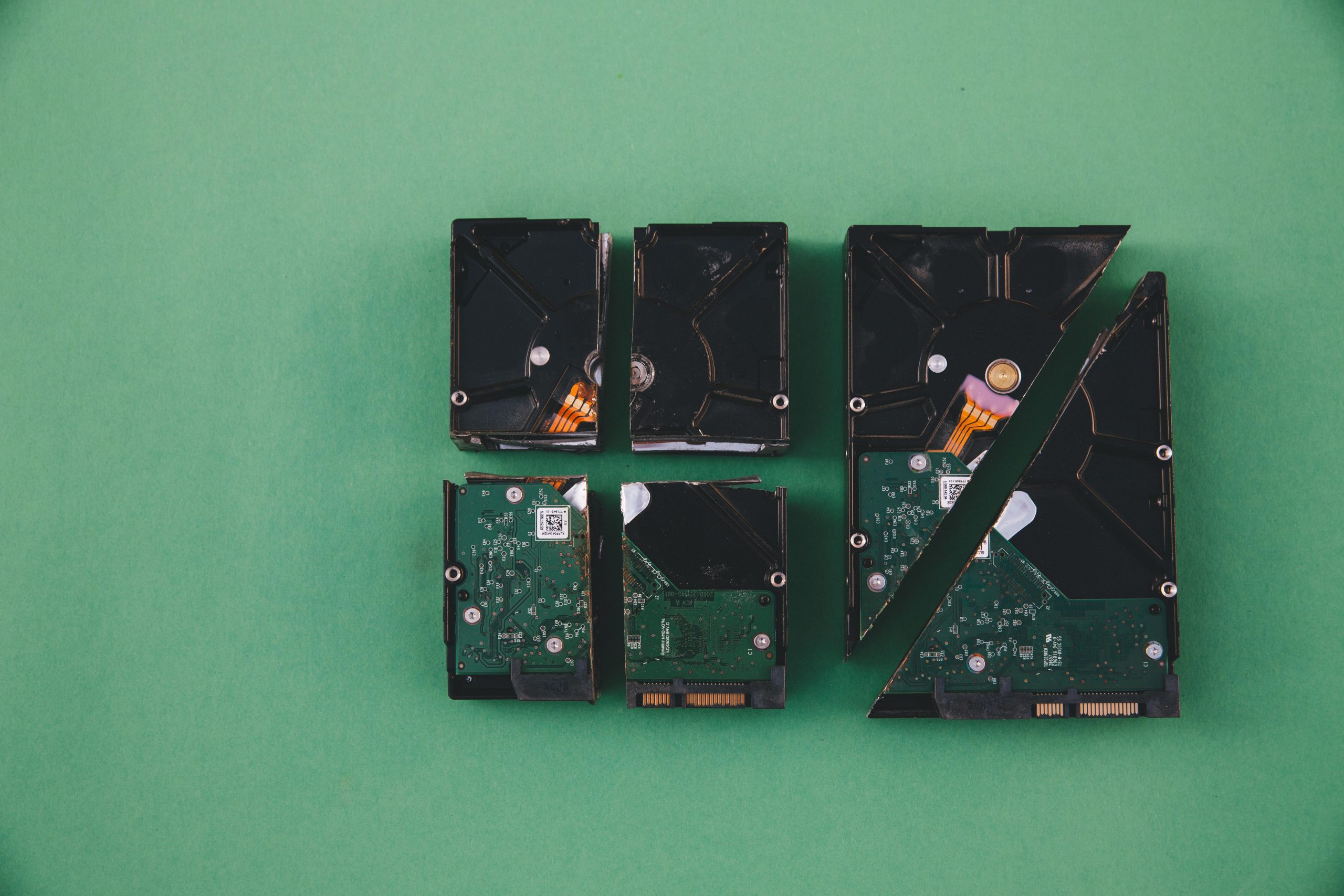Troubleshooting a Vanishing External Hard Drive: Steps to Take Before Giving Up
Are you experiencing issues with your external hard drive seemingly disappearing shortly after being connected? You’re not alone. In this post, we’ll discuss a common issue: a recently plugged-in external HDD that is recognized initially but then vanishes from your computer’s device manager and disk management.
The Problem
Picture this: you plug in your external hard drive—perhaps a Samsung M3 portable with 500GB of storage—and it works perfectly for about ten seconds. Then you hear a troubling clicking noise, and just like that, it’s gone from your system. Despite trying different cables and connecting it to various devices, including Windows, Mac, and Linux machines, the results remain the same.
It’s easy to jump to conclusions about what might be happening. In many cases, this behavior points to a physical failure within the drive. But before you resign yourself to the worst-case scenario, let’s explore some troubleshooting options.
Possible Solutions
-
Listen for Any Unusual Sounds: The clicking noise you hear is often referred to as the “click of death.” If your drive makes this sound, it’s a sign that the read/write heads may be malfunctioning. If you don’t hear any sounds, it might simply be a connection issue.
-
Change Ports and Cables Again: Although you’ve tested multiple cables, try a different USB port on your computer, preferably one directly on the motherboard, rather than front-panel ports or hubs.
-
Check Disk Management: When the drive is connected, go to Disk Management (on Windows) and see if it appears there for a brief moment. If it does, but is unallocated, it might still be recoverable.
-
Use Data Recovery Software: If your drive intermittently appears in the system, consider using reputable data recovery software before attempting to format it. Tools like Recuva or TestDisk may provide you a chance to salvage your data.
-
Professional Help: If all else fails, and the data on the drive is irreplaceable, consulting a professional data recovery service could be your best option. They have specialized tools and expertise to handle physical drive failures.
Final Thoughts
While a vanishing external hard drive can be incredibly frustrating, remember that it’s not always the end. By methodically troubleshooting and considering all your options, you may still have a chance to recover your
Share this content:




Thank you for sharing your detailed troubleshooting steps regarding your external hard drive issue. Based on your description, it sounds like the drive may be experiencing hardware failure, especially if you’re hearing clicking noises. I recommend the following additional steps:
If these steps do not resolve the issue, and the drive continues to be unresponsive or clicking, it is likely a physical failure. In this case, seeking professional data recovery services as outlined in your post is the best course of action to maximize data salvage.